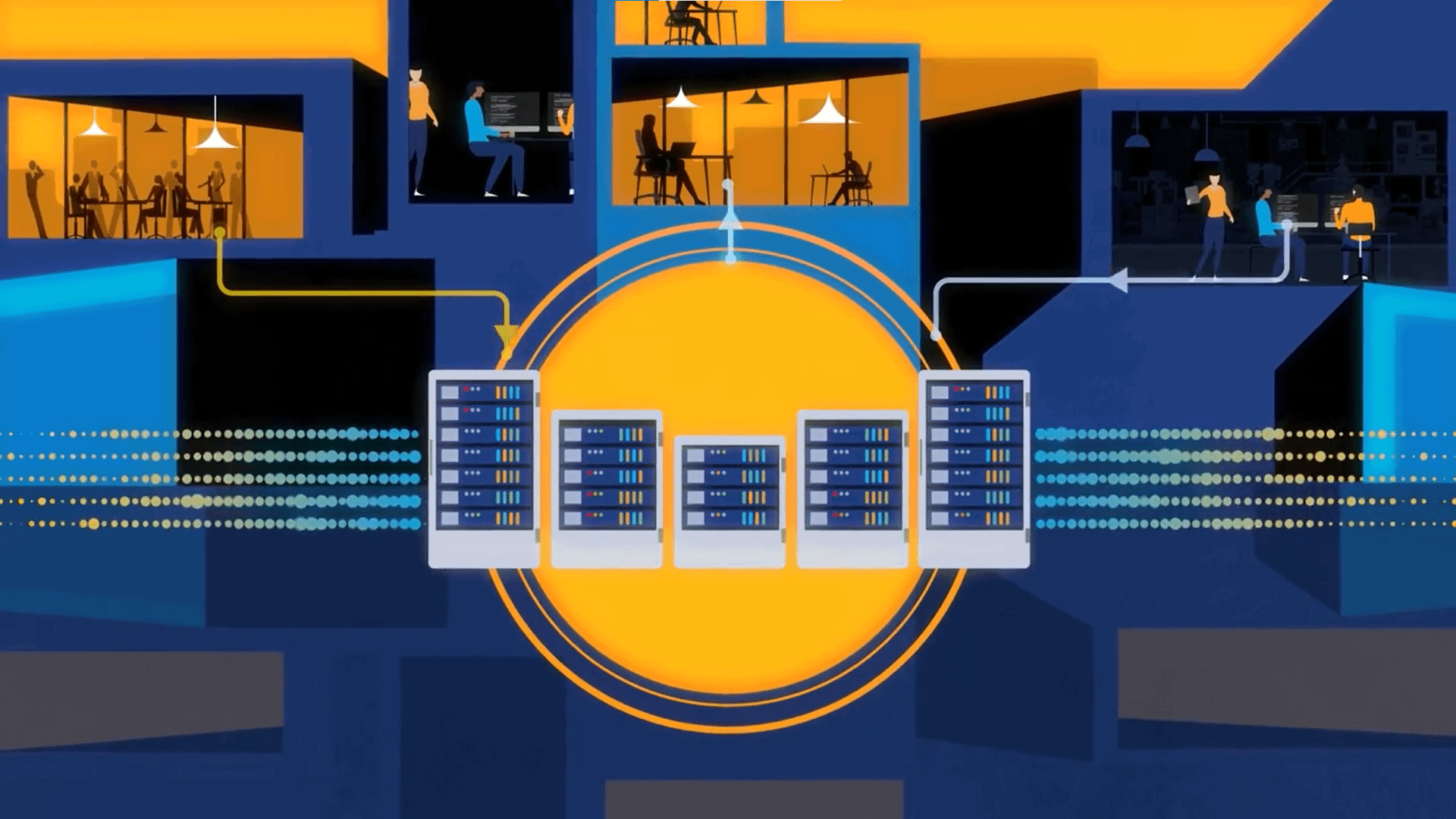
The cloud database market transitioned in 2025. It is no longer just “databases in the cloud.” It has become the data and AI control plane for the enterprise.
Analysts size the cloud database and DBaaS market at around $24 billion in 2025, with a predicted roughly 20% CAGR to 2030. The drivers include the move to cloud-native architectures, AI and IoT data growth, and demand for globally distributed, low-latency data services.
Quite notably, the cloud database market was in transition in 2025. It is no longer just “databases in the cloud.” It has become the data and AI control plane for the enterprise, with vendors racing to add vector search, automation, and serverless economics directly into their services.
2025 Cloud Database Market Highlights
1. AI-native and vector-enabled databases become the default
The most visible shift in 2025 is that “database + vector search” is now the baseline, not the exception.
- Google Cloud has pushed hard with AlloyDB AI, integrating vector embeddings, high-performance vector search, and natural language interfaces into a PostgreSQL-compatible service that can run in multiple environments. Recent enhancements add richer vector indexing (including Google’s ScaNN index) and vector ETL pipelines using Dataflow, specifically targeting generative AI and RAG use cases.
- Azure Cosmos DB for NoSQL now offers first-class vector indexing and semantic search capabilities with support for multiple vector index types (e.g., DiskANN), enabling multimodal, high-dimensional vector workloads alongside operational data.
- AWS continues to position Amazon OpenSearch Service as a vector database, with a vector engine that can store and query billions of high-dimensional vectors using k-NN/ANN algorithms, and ongoing enhancements to hybrid semantic + keyword search and operational simplicity.
Alongside hyperscalers, the standalone vector database ecosystem, which includes Pinecone, Weaviate, Milvus, Qdrant, and others, has exploded, with multiple benchmark-driven comparisons and best-of lists appearing in 2025 as enterprises evaluate options for AI-native workloads.
Underlying driver: generative AI. Enterprises need to combine LLMs with proprietary data via RAG, semantic search, and recommendation systems. That requires high-throughput vector search tightly coupled to transactional and document data, which is why the major databases are absorbing vector capabilities instead of leaving them to standalone engines.
2. Serverless and auto-scaling consumption models mature
2025 is also a consolidation year for serverless databases. Hyperscalers are extending autoscaling and pay-per-use models across relational, NoSQL, and analytics services, in lockstep with broader serverless adoption: the global serverless computing market is projected to grow from about $28 billion in 2025 to over $90 billion by 2034, according to Precedence Research.
For databases, that translates into:
- More granular autoscaling of compute and storage.
- “Burst” models that handle AI-driven, spiky workloads (e.g., conversational apps or seasonal personalization) without over-provisioning.
- Tighter integration between serverless data stores and event-driven architectures.
Underlying driver: cost pressure and unpredictability. AI and digital experiences generate wildly variable workloads; CFOs will not tolerate idle capacity. Serverless and auto-scaling DBaaS let teams match spend to demand while offloading capacity planning and operations.
3. Unified data + AI platforms and zero-ETL pipelines
A third major theme in 2025 is the move from “pick a database” to “build on a unified data and AI foundation.”
At Google Cloud Next ’25, Google emphasized operational databases as the backbone for AI agents and multimodal applications, announcing new AI features across its database portfolio under a unified data + AI narrative.
In parallel, AWS has been advocating patterns where operational databases (Aurora, DynamoDB, etc.) integrate directly with vector-capable engines like OpenSearch, reducing the need for complex ETL pipelines and letting customers reuse existing data models and skills for generative AI workloads.
The market also sees early hints of vector-enabled object stores, such as S3-integrated vector capabilities, which point toward storage layers that are not just durable, but natively searchable by similarity.
Underlying driver: architectural simplification and time-to-value. Enterprises want fewer brittle pipelines, fewer moving parts, and the ability to expose the same governed data to both analytical and AI use cases with consistent security and governance.
4. Industry-specific and compliance-driven database services
Cloud providers are also verticalizing database offerings and stressing compliance posture. Industry-specific clouds (for financial services, healthcare, public sector, etc.) are increasingly defined by:
- Pre-certified data services aligned with sector regulations.
- Geo-fenced, globally distributed databases that respect data-sovereignty rules while still delivering low latency.
- Built-in features for auditability, encryption, and fine-grained access controls.
Reports on 2025 cloud trends highlight the shift to vertical clouds and managed services tailored to specific industries, with serverless and managed databases at the center of these stacks.
Underlying driver: regulation plus globalization. As organizations operate across jurisdictions with conflicting privacy and residency rules, they need databases that can be placed, replicated, and governed precisely, without rebuilding the stack country by country.
See also: Why Real-Time AI Needs Distributed Cloud Compute at the Edge
The bottom line
At this point in the year, the cloud database market is effectively the cloud data and AI platform market. For enterprise users of cloud database services, the strategic question has shifted from “Which database engine?” to “Which cloud database platform best aligns with my AI roadmap, regulatory obligations, and cost envelope?”
This article first appeared on CDInsights.ai.































